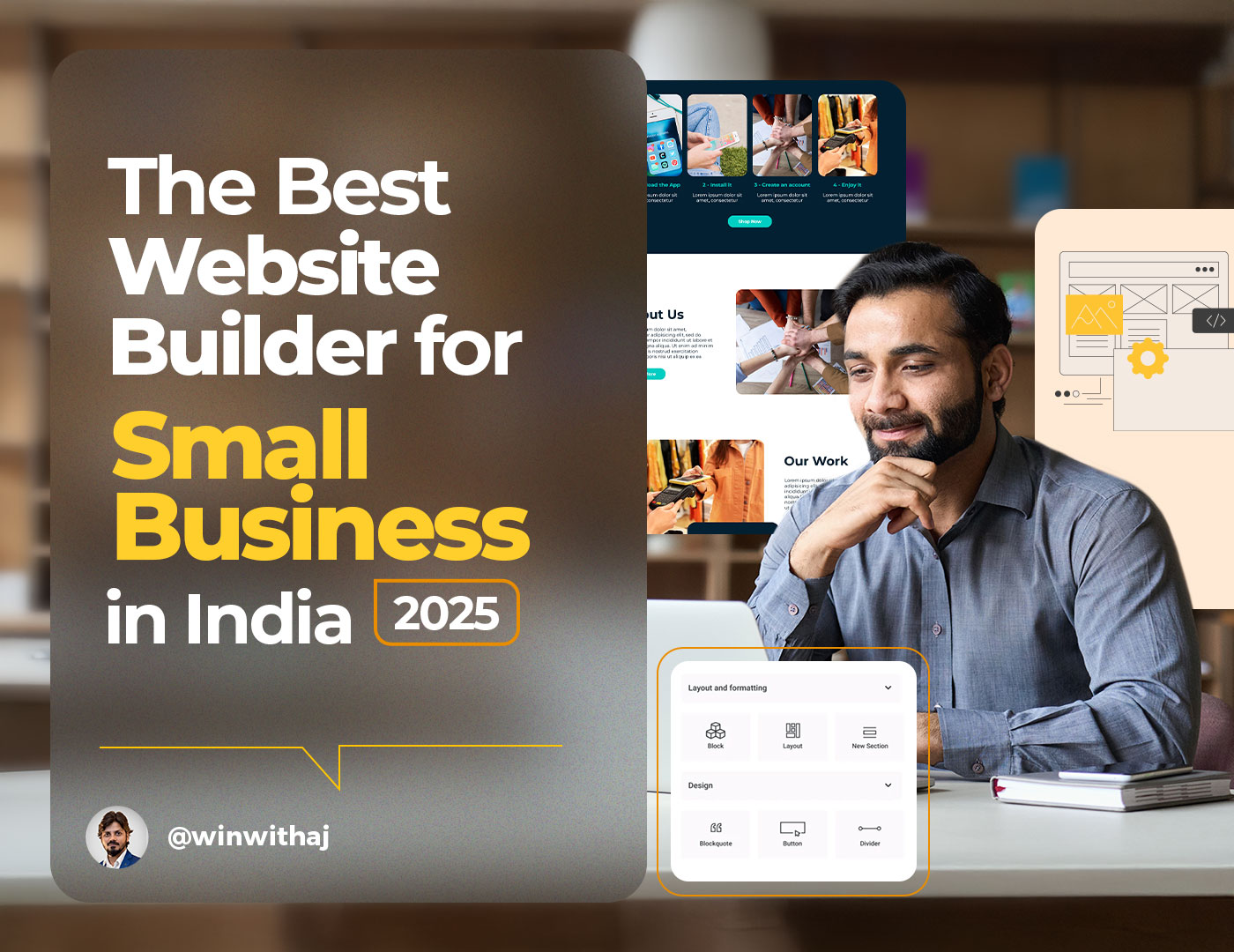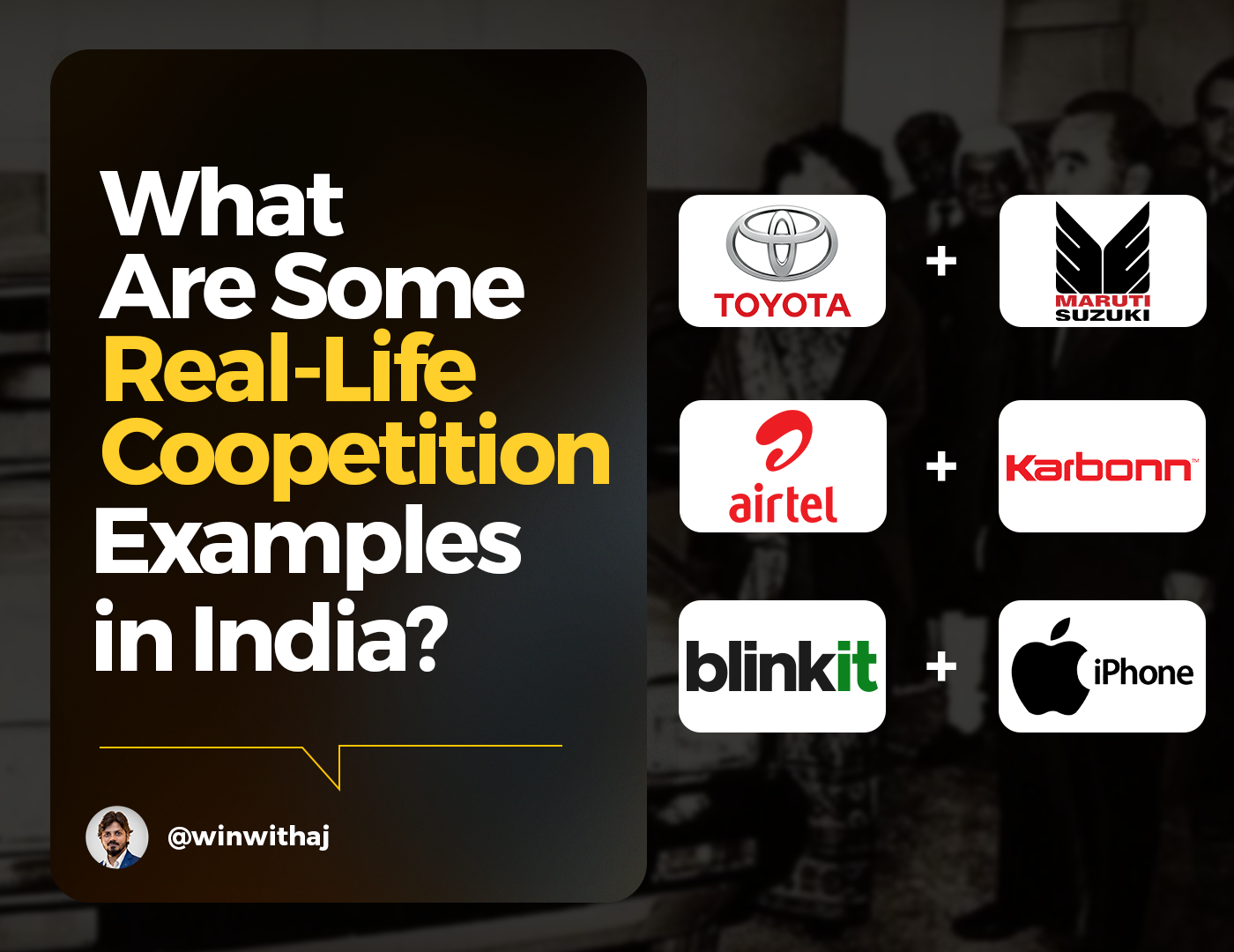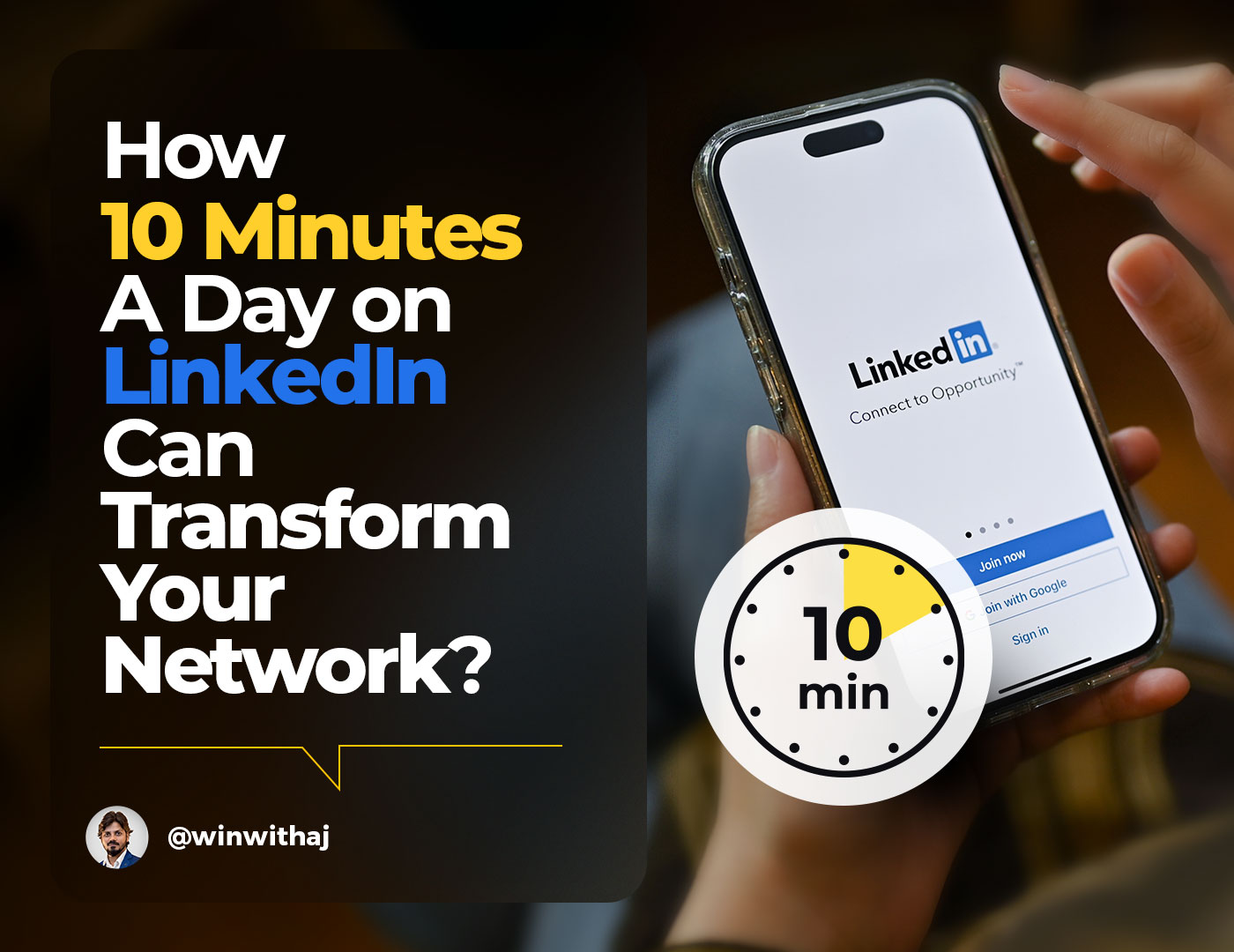
How To Compete with Big Brands Using Omnichannel Strategies
In today’s competitive marketplace, how can small and medium-sized businesses stand against industry giants with vast resources? Can a local café or family-run boutique not just survive but thrive amidst massive brands? The key lies in the power of the digital age. As consumers increasingly expect seamless interactions across various platforms, the opportunity for smaller businesses to leverage effective omnichannel strategies is greater than ever.
How can you create captivating customer experiences that rival big brands? What unique advantages do you have to forge deeper connections with your audience?
This guide reveals how to harness those advantages and navigate the challenges of competing with larger players while ensuring your brand stands out across multiple channels. Ready to transform your business and captivate your customers? Let’s explore more!
Understanding Omnichannel Marketing in 2025
What is Omnichannel Marketing?
Omnichannel marketing is a customer-centric approach that integrates all customer touchpoints—both online and offline—into a cohesive, consistent experience. Unlike multichannel marketing, which simply uses multiple channels to reach customers, omnichannel creates an interconnected ecosystem where each interaction builds upon previous ones, regardless of the channel used.
According to a recent study by Harvard Business Review, customers who engage with brands across multiple channels spend an average of 4% more on every shopping occasion in-store and 10% more online compared to single-channel customers.
Why Omnichannel Matters Now More Than Ever
The modern consumer journey is rarely linear. Research from Google shows that the average customer uses 5-6 touchpoints before making a purchase decision, with 74% using multiple channels during their shopping process. For smaller businesses looking to compete with established brands, this represents both a challenge and an opportunity.
“The future of retail is not channels, but creating immersive and cohesive experiences that leverage all channels.” – Mary Beech, Former CMO at Kate Spade
Identifying Your Competitive Advantage Against Big Brands
Agile Decision Making
While large corporations often struggle with bureaucracy and slow decision-making processes, smaller businesses can turn their agility into a competitive advantage. You can quickly adapt to market trends, test new channel strategies, and pivot when necessary—all without navigating complex approval hierarchies.
Personalized Customer Experiences
Big brands may have the data, but smaller businesses often have deeper, more meaningful relationships with their customers. In fact, 80% of consumers are more likely to purchase from a company that offers personalized experiences, according to Epsilon research.
Local Market Knowledge
Your intimate understanding of local markets gives you an edge that multinational corporations often lack. This local expertise allows you to tailor your omnichannel approach to specific regional preferences and behaviors.
Building Your Omnichannel Foundation
Mapping the Customer Journey
Before implementing an omnichannel strategy, you need to understand how your customers interact with your brand:
- Identify all potential touchpoints with your brand
- Understand the typical path to purchase for different customer segments
- Determine pain points and opportunities at each stage
- Recognize how channels interact and influence each other
Creating a Consistent Brand Experience
Brand consistency across all channels increases revenue by 23% on average, according to research by Lucidpress. Ensure your brand voice, visual identity, and messaging remain consistent whether a customer encounters you on social media, your website, or in a physical store.
Technology Infrastructure Requirements
To compete with larger competitors, you’ll need the right technological foundation:
- CRM system that tracks customer interactions across channels
- Inventory management system that provides real-time visibility
- Data analytics capabilities to measure performance and gain insights
- E-commerce platform that integrates with physical locations
- Mobile optimization for all digital touchpoints
Channel Integration Strategies That Level the Playing Field
Connecting Online and Offline Experiences
- Implement click-and-collect services (buy online, pick up in-store)
- Offer in-store returns for online purchases
- Use QR codes in physical locations to enhance the shopping experience
- Create digital loyalty programs that work across all touchpoints
According to Shopify, retailers that offer omnichannel experiences achieve 80% higher rates of incremental store visits from customers.
Social Commerce Integration
Social commerce sales are projected to reach $2.9 trillion by 2026. Even with limited resources, smaller businesses can leverage platforms like Instagram Shop, Facebook Marketplace, and Pinterest Shopping to create seamless shopping experiences directly within social media platforms.
Mobile-First Approach
With over 70% of internet traffic now coming from mobile devices, a mobile-first approach is non-negotiable. This means:
- Responsive design for all digital properties
- Mobile payment options
- Location-based marketing and notifications
- Mobile loyalty programs
- App features that complement in-store experiences
Data-Driven Omnichannel Excellence
Unified Customer Data
While big brands may have more data, smaller businesses can often make better use of what they have:
- Create a single customer view by consolidating data from all channels
- Use customer data platforms (CDPs) to unify information
- Implement progressive profiling to build customer profiles over time
- Ensure GDPR and other privacy compliance across all data collection points
Personalization at Scale
Personalization doesn’t have to require enterprise-level resources:
- Segment customers based on behavior, preferences, and purchase history
- Create automated, personalized email campaigns triggered by specific actions
- Offer product recommendations based on browsing and purchase history
- Personalize website content based on user behavior and location
- Train staff to recognize repeat customers and their preferences
Predictive Analytics for Small Businesses
Accessible AI and machine learning tools now allow smaller businesses to:
- Predict customer churn and implement retention strategies
- Forecast inventory needs across channels
- Optimize pricing based on demand signals
- Identify cross-selling and upselling opportunities
- Personalize marketing messages at the individual level
3 Practical Omnichannel Tactics for Resource-Constrained Businesses
1. Start Small and Scale
Instead of trying to match the omnichannel capabilities of large corporations immediately:
- Begin with integrating your two strongest channels
- Focus on high-impact customer journeys first
- Add additional channels as resources allow
- Use metrics to prove ROI before expanding further
2. Leverage Third-Party Platforms
Utilize existing marketplaces and platforms to extend your reach:
- Establish presence on Amazon, Flipkart, and other relevant marketplaces
- Use social media commerce features on Instagram, Facebook, and Pinterest
- Implement Google My Business features for local search optimization
- Consider partnerships with delivery aggregators like Swiggy, Zomato, or Dunzo
According to research by BigCommerce, brands selling on Amazon in addition to their own website see a 190% increase in revenue on average.
3. Customer Service as a Differentiator
When competing with big brands, superior customer service can be your greatest advantage:
- Offer omnichannel customer support (phone, email, chat, social media)
- Ensure support staff have access to complete customer histories
- Set up automated systems for common inquiries while maintaining the human touch for complex issues
- Train staff to handle transitions between channels smoothly
Phase Wise Implementation Roadmap for Omnichannel Success
Phase 1: Assessment and Planning (1-2 Months)
- Audit current channels and touchpoints
- Map customer journeys
- Identify technology gaps
- Set clear goals and KPIs
- Define resource requirements
Phase 2: Foundation Building (2-3 Months)
- Implement or upgrade core technology systems
- Train staff on omnichannel concepts and tools
- Establish data collection and unification processes
- Create consistent brand guidelines across channels
Phase 3: Integration and Optimization (3-6 Months)
- Connect online and offline channels
- Implement cross-channel capabilities
- Begin personalization initiatives
- Establish measurement frameworks
Phase 4: Advancement and Innovation (Ongoing)
- Add additional channels as appropriate
- Implement advanced analytics and AI
- Test new technologies and approaches
- Continuously refine based on customer feedback and data
Measuring Omnichannel Success Against Larger Competitors
Key Performance Indicators
To gauge how effectively you’re competing with larger brands:
- Cross-channel conversion rate
- Customer lifetime value
- Channel influence (how each channel affects conversions in others)
- Return on channel investment
- Customer satisfaction scores
- Retention rates compared to industry benchmarks
Attribution Modeling for Smaller Businesses
Understanding which channels contribute to conversions helps allocate resources effectively:
- Implement multi-touch attribution models
- Track customer journeys across channels
- Use UTM parameters and tracking cookies (where compliant with privacy laws)
- Consider both online and offline touchpoints in attribution models
According to research by Forrester, businesses that implement proper cross-channel attribution see a 15-35% improvement in marketing ROI.
What Common Challenges You Might Face? (and Solutions)
Limited Budget
- Solution: Prioritize channels based on customer preference and ROI
- Focus on gradual implementation rather than all-at-once deployment
- Utilize cost-effective SaaS tools designed for SMBs
Technical Complexity
- Solution: Start with API-friendly platforms that easily integrate with other systems
- Consider headless commerce architectures that allow for flexibility
- Use middleware solutions that connect existing systems
Operational Silos
- Solution: Create cross-functional teams responsible for omnichannel experiences
- Implement regular cross-department meetings to align goals
- Develop shared KPIs that encourage cooperation
Future-Proofing Your Omnichannel Strategy
Emerging Technologies to Monitor
- Voice commerce and conversational AI
- Augmented reality shopping experiences
- IoT-enabled retail environments
- Blockchain for transparent supply chains
- 5G-powered immersive experiences
Privacy-First Omnichannel
With increased regulations around data privacy:
- Implement consent management across all channels
- Adopt privacy-by-design principles in all new initiatives
- Explore zero-party data collection (information customers intentionally share)
- Create value exchanges that make customers willing to share their data
What’s Your Path to Omnichannel Excellence
While big brands have more resources, smaller businesses can leverage their agility, customer intimacy, and local knowledge for effective omnichannel strategies. By creating seamless experiences that highlight these strengths, smaller companies can often outshine larger competitors in niche markets.
Remember, omnichannel excellence is a journey. Understand your customers, implement changes gradually, measure results, and optimize based on feedback.
Successful small and medium businesses focus on creating unique experiences rather than matching larger brands feature-for-feature.
Have you tried omnichannel strategies? What challenges did you face? Share your experiences or reach out for personalized guidance.
Frequently Asked Questions
Q: How much should a small business budget for omnichannel initiatives?
A: While budgets vary widely based on business size and goals, start by allocating 15-20% of your marketing budget to omnichannel integration, with a focus on connecting your two strongest channels first. Measure ROI carefully and scale investment based on results.
Q: Do I need to be present on every channel to compete with larger brands?
A: No. Focus on the channels where your target customers are most active and where you can deliver exceptional experiences. Quality of presence is more important than quantity of channels.
Q: How can I measure the ROI of my omnichannel strategy?
A: Track metrics like customer lifetime value, retention rates, average order value, and cross-channel conversion rates. Compare these with pre-implementation benchmarks to quantify improvement.
Q: What’s the biggest mistake small businesses make when implementing omnichannel strategies?
A: Attempting too much too quickly without proper infrastructure. Start with connecting your strongest channels, ensure data flows properly between them, and expand gradually based on customer needs and measurable results.
Q: How important is mobile in an omnichannel strategy?
A: Absolutely critical. With over 70% of internet traffic and 60% of e-commerce transactions now occurring on mobile devices in India, any omnichannel strategy must prioritize mobile experiences.


















